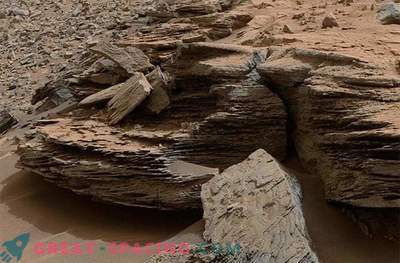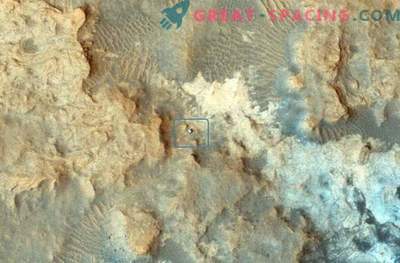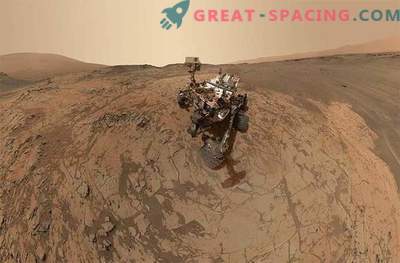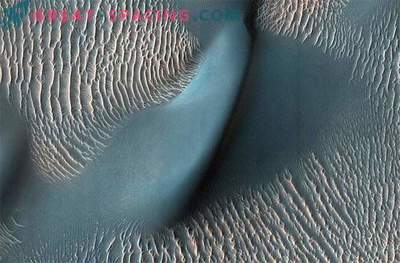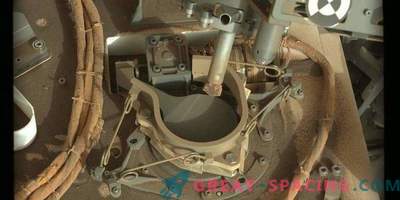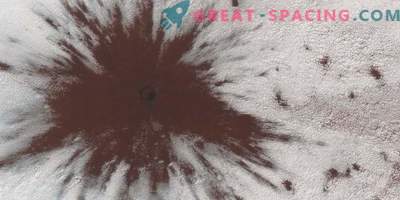
Of course, NASA's Curiosity rover has seen sand before, but these dunes are by far the largest and the six-wheeled Rover overcomes most of them.
Here you can see another pictorial selfie made by Curiosity on the 1228 Martian day (January 19) of its mission using the Martian Handheld Lens (Mahli) manipulator. Makhli cracked 57 high-resolution images that were then stitched together to create a composite that we see here (the full resolution version can be viewed in the photo release of NASA's Jet Propulsion Laboratory), including the all-terrain vehicle and the dark sands of the Namib Dunes.
These selfies not only make beautiful portraits of Mars, they are used by mission scientists to check the physical condition of the rover and track its wear.
This dune is part of "Bagnold Dune Field", which can be found on the northwestern slopes of Aeolis Mons - 3, 4 mile high mountain unofficially known as "Sharp Mountain", in the center of the Gale crater. These dunes are of particular interest to mission scientists, since, as shown by orbital observations, this field is active; Martian winds constantly form the terrain, as a result of which the dunes slowly roll over the landscape at a turtle pace of 1 meter per year. To better understand the material of the dune, Curiosity made microscopic images of sand, showing a very earthy appearance of the shape of its grains. In addition, the rover took samples for further analysis inside its on-board chemical laboratory. When attempting to do this, the rover experienced minor difficulties with its instrument for collecting and in-situ processing and analysis of Martian rocks (CHIMRA), which is used to sort various sizes of grains of sandy material for analysis. The drive in CHIMRA did not function as expected during the processing of the third batch of material, forcing leading engineers to critically investigate the problem.
Despite the failure, dune samples were delivered for analysis. In addition, Curiosity has repeatedly taken pictures of the same closely located dune in the last 2 months, hoping to detect the movement of the active dune due to the Martian wind.
For more information on the dune explored by Curiosity and the latest issues it has encountered, read NASA news updates.








